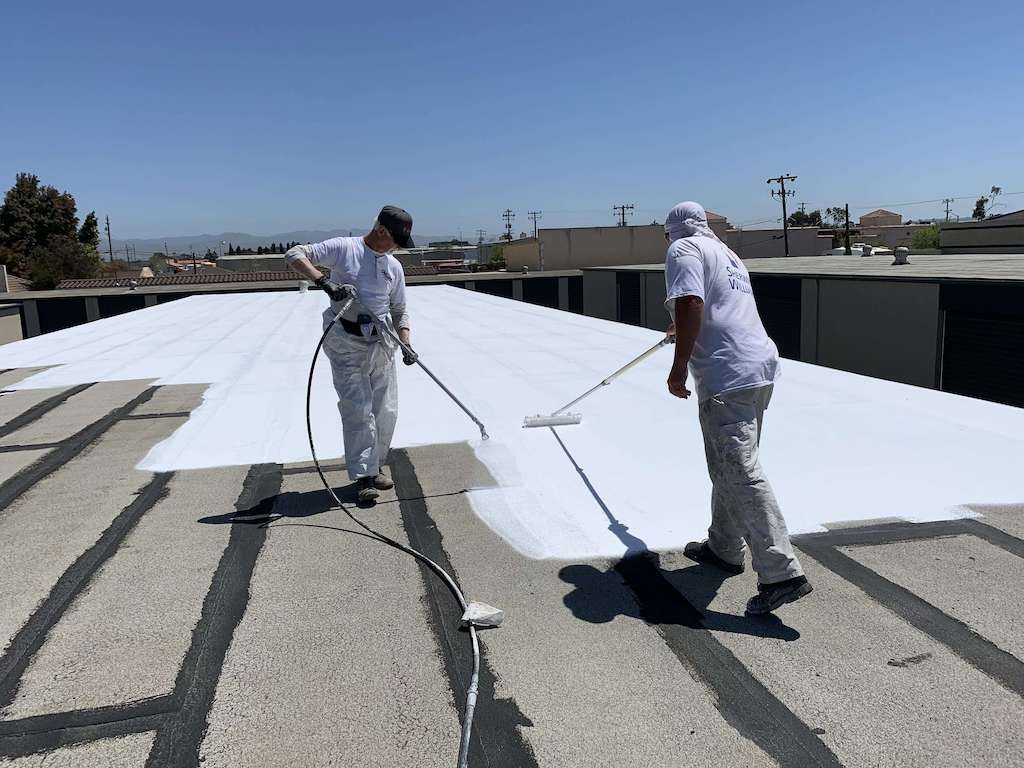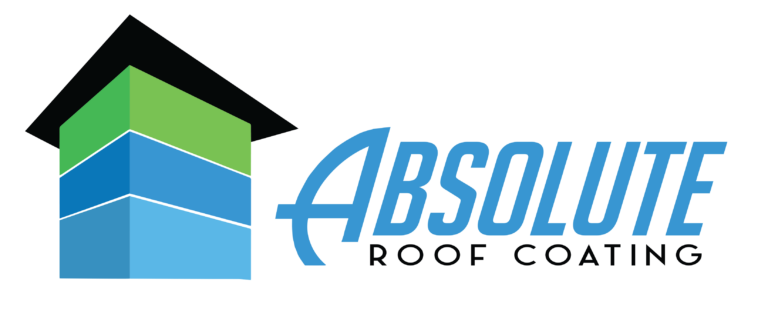Advantages of Roof Coating vs. Roof Replacement

Commercial building owners are often faced with the dilemma of whether to install a new roof or apply a roof coating to an existing roof. While both options have their pros and cons, roof coating has emerged as a popular choice for many reasons. In this blog post, we will explore the advantages of roof coating versus a new roof for commercial buildings.
Cost-effective
One of the most significant advantages of roof coating over a new roof is its cost-effectiveness. Installing a new roof can be a significant expense, especially for large commercial buildings. On the other hand, roof coating is a much more affordable option that can save building owners up to 50% of the cost of a new roof. Additionally, roof coating is considered a maintenance expense rather than a capital expense, which means that it can be written off as a tax deduction. This can help offset some of the costs of the roof coating and provide additional savings for building owners.
Longevity
While a new roof may last up to 20 years or more, a roof coating can extend the life of an existing roof by up to 15 years or more. This is because a roof coating provides an extra layer of protection against weathering, UV rays, and other environmental factors that can cause damage to a roof over time. Roof coatings are designed to be flexible, which allows them to expand and contract with the building as temperatures fluctuate. This helps prevent cracking and other damage that can occur as a result of thermal cycling.
Reduced Energy Costs
Roof coatings can also help reduce energy costs for commercial building owners. By reflecting the sun’s rays, a roof coating can help keep the building’s interior cooler, which reduces the need for air conditioning during the summer months. This can lead to significant energy savings and lower utility bills over time.
Additionally, roof coatings can help reduce the urban heat island effect, which occurs when urban areas become significantly warmer than surrounding rural areas. By reflecting heat back into the atmosphere, roof coatings can help reduce the amount of heat absorbed by the building and the surrounding area, which can have a positive impact on the local environment.
Improved Appearance
In addition to its functional benefits, roof coating can also improve the appearance of a commercial building. It can help improve the building’s curb appeal and make it more attractive to potential tenants or customers. Additionally, a clean and well-maintained roof can help improve the overall impression of a building and make it appear more professional and reliable.
Less Disruption
Installing a new roof can be a disruptive process that can cause significant disruptions to a business’s operations. Roofing contractors must tear off the existing roof and install the new roof, which can take several days or even weeks to complete. During this time, access to the building may be limited, and noise and dust from the construction process can be a distraction.
In contrast, roof coating is a much less disruptive process. A roof coating can be applied in just a few days, with minimal disruption to the building’s operations. Additionally, roof coatings are less noisy and produce less dust than traditional roofing materials, making them a more attractive option for commercial building owners.
Environmental Benefits
Finally, roof coatings offer several environmental benefits that make them a more sustainable option than a new roof. By extending the life of an existing roof, roof coatings can help reduce the amount of roofing material that ends up in landfills. Additionally, because roof coatings reflect heat and reduce energy usage, they can help reduce the building’s carbon footprint and contribute to a more sustainable future.
Conclusion
While installing a new roof may be necessary in some cases, roof coating offers several advantages that make it an attractive option for commercial building owners

